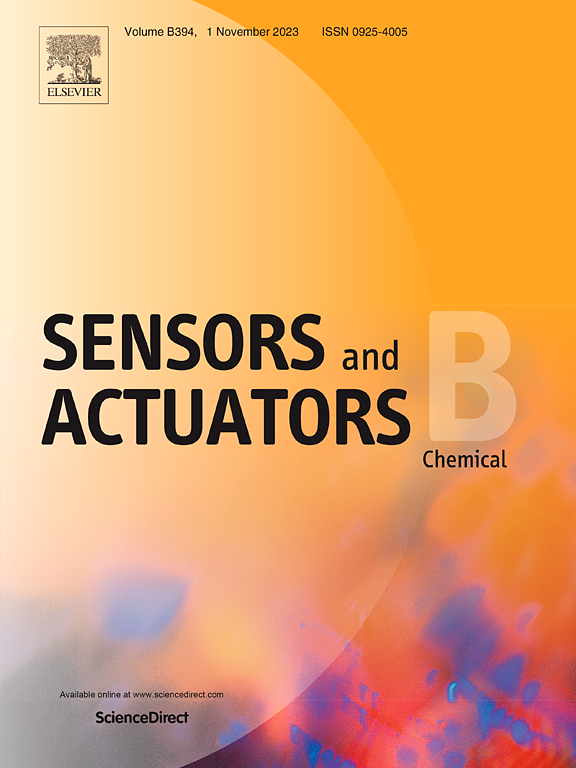Deformable U-shaped microelectrodes made of carbon-PDMS for blood coagulation test
IF 8
1区 化学
Q1 CHEMISTRY, ANALYTICAL
引用次数: 0
Abstract
Blood coagulation test is heavily required for a broad range of diseases. Microfluidic devices with much smaller footprints and sample consumption have emerged as promising tools for blood clotting assay compared with the commercialized instruments. However, the existing microdevices also pose challenges in terms of the dependency on the relatively costly labeling process and optical setup, as well as the complex fabrication process. In this paper, we demonstrate a deformable 3D U-shaped microelectrode made of conducting carbon-PDMS composite, which suspends in a microchannel for measuring blood clotting based on viscosity change. The microelectrode together with the device is fabricated by replica-molding process. Thus, it enables label-free electrical measurements via a mechanically deformed electrode implemented through low-cost and concise fabrication. The device is capable of measuring glycerol solutions, as modeled viscous fluids, with varied viscosities from 3 cP to 30 cP and infusion flow rates from 0.5 ml/min to 1 ml/min. We also demonstrate the device capability in differentiating the normal blood and the blood pre-treated with high and low concentrations of antiplatelet drug. Meanwhile, we further verify that the device output reflects a blood clotting tendency aligned with that indicated by the tests using clinical approach.
用于凝血试验的可变形u型碳- pdms微电极
凝血试验在很多疾病中都是非常必要的。与商业化的凝血检测仪器相比,微流控装置具有更小的足迹和更小的样品消耗量,是一种很有前途的凝血检测工具。然而,现有的微器件在依赖相对昂贵的标记过程和光学设置以及复杂的制造过程方面也面临挑战。在本文中,我们展示了一种可变形的3D u形微电极,由导电碳- pdms复合材料制成,悬浮在微通道中,用于根据粘度变化测量血液凝固。微电极和器件采用复制成型工艺制备。因此,它可以通过低成本和简洁的制造实现机械变形电极的无标签电测量。该装置能够测量甘油溶液,作为模拟的粘性流体,粘度从3cp到30cp不等,注射流速从0.5 ml/min到1ml /min不等。我们还证明了该装置在区分正常血液和高、低浓度抗血小板药物预处理的血液方面的能力。同时,我们进一步验证,该设备的输出反映了血液凝固趋势与使用临床方法的测试表明一致。
本文章由计算机程序翻译,如有差异,请以英文原文为准。
求助全文
约1分钟内获得全文
求助全文
来源期刊

Sensors and Actuators B: Chemical
工程技术-电化学
CiteScore
14.60
自引率
11.90%
发文量
1776
审稿时长
3.2 months
期刊介绍:
Sensors & Actuators, B: Chemical is an international journal focused on the research and development of chemical transducers. It covers chemical sensors and biosensors, chemical actuators, and analytical microsystems. The journal is interdisciplinary, aiming to publish original works showcasing substantial advancements beyond the current state of the art in these fields, with practical applicability to solving meaningful analytical problems. Review articles are accepted by invitation from an Editor of the journal.
 求助内容:
求助内容: 应助结果提醒方式:
应助结果提醒方式:


